Venue Histories
Explore the rich history of our wedding venues, some remarkable connections to Charles Dickens' life and America's favorite pastime.
Old South Church
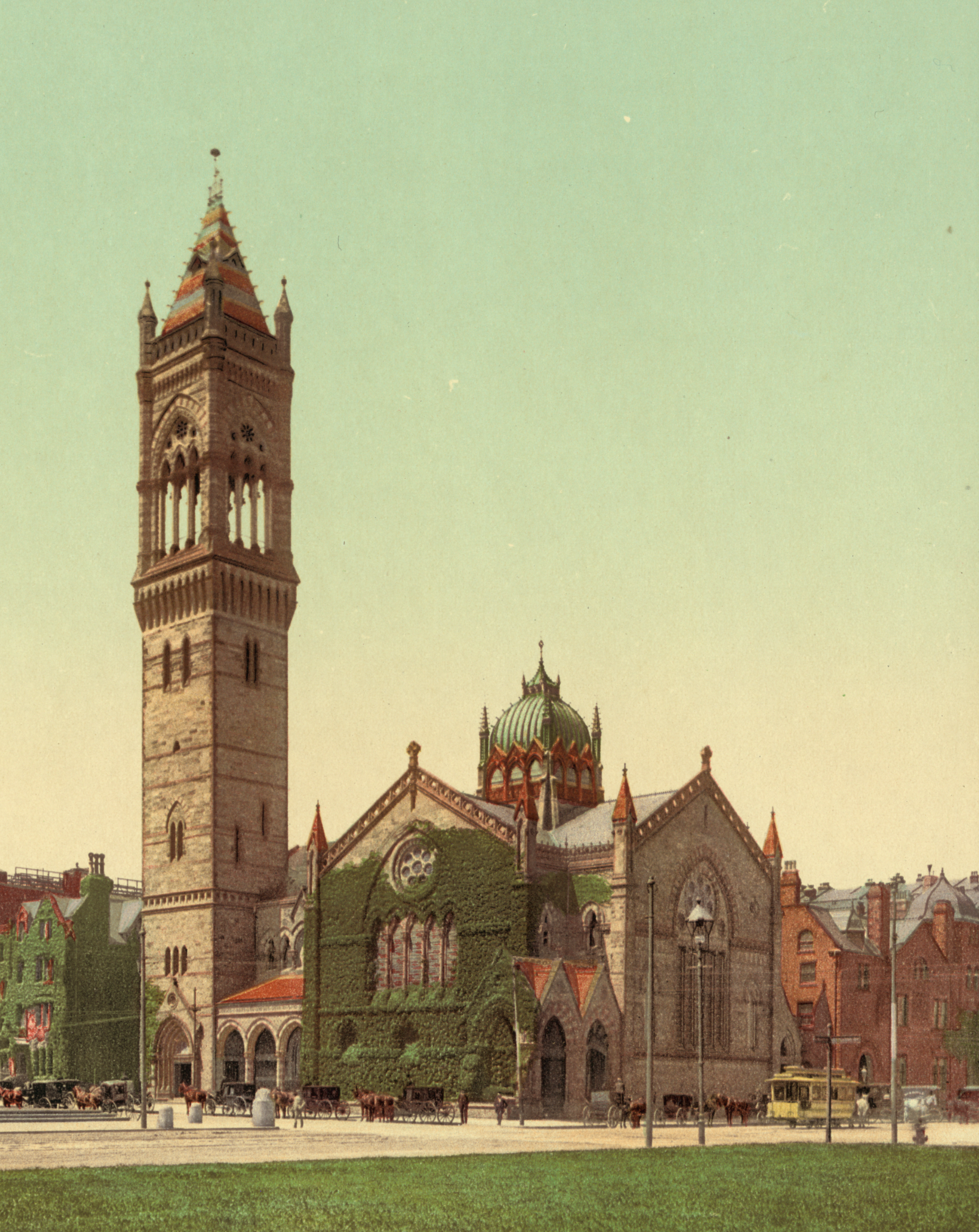
From Humble Origins to Architectural Marvel: 1669-Present
Old South Church's history spans more than 350 years, beginning in 1669 when twenty-eight men and women broke away from Boston's First Church in a theological dispute over baptism. Known initially as the "Third Church of Boston," the congregation first met in their Cedar Meeting House from 1669 to 1729, a simple wooden structure that witnessed the baptism of Benjamin Franklin the day he was born.
The Old South Meeting House Era: 1730-1872
In 1730, the congregation moved to what is now known as the Old South Meeting House on Washington Street, which became a pivotal location in American Revolutionary history. It was here that Samuel Adams and the Sons of Liberty organized the Boston Tea Party in 1773. During the Civil War, the Meeting House served as a recruiting station for the Union Army, enlisting over 1,000 men.
Victorian Splendor: The Current Church
Following the Great Boston Fire of 1872, the congregation moved to its present location in Back Bay. Completed in 1875 during the Victorian era, the current Old South Church is a magnificent example of Northern Italian Ruskinian Gothic architecture designed by Cummings and Sears. This National Historic Landmark features a soaring bell tower (campanile), multicolored stonework, walls of Roxbury puddingstone, a copper lantern, and an interior of carved cherry wood and Caen stone.
Historical Significance
Throughout its history, Old South Church has been associated with notable figures including Samuel Adams, Phillis Wheatley (America's first published Black poet), William Dawes (who rode with Paul Revere), and Judge Samuel Sewall (who wrote the first anti-slavery tract in America in 1700). The church has been at the forefront of many of America's greatest movements, from the American Revolution to the abolition of slavery and the protection of civil rights.
So long as Boston shall Boston be, and her bay tides rise and fall, shall freedom stand in the Old South Church, and plead for the rights of all. —John Greenleaf Whittier
Parker House Hotel
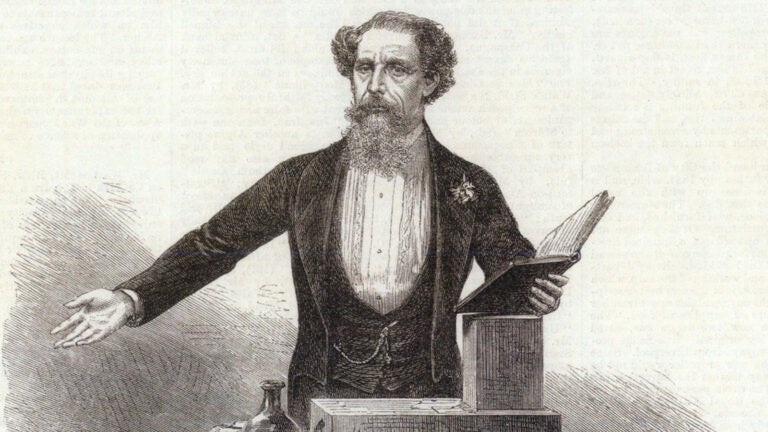
A Direct Dickensian Connection
The Parker House Hotel boasts perhaps the most direct connection to Charles Dickens of any venue in Boston. The famous author stayed at the hotel during his American tour in 1842 and again in 1867-68. In fact, the hotel maintains a special suite named in his honor to this day.
Dickens' First American Reading
It was at the Parker House where Dickens gave his first public reading of "A Christmas Carol" in the United States, marking a significant moment in American literary history. The hotel's press at the time reported that "no literary event in Boston ever drew such an audience."
Victorian Elegance Preserved
Founded in 1855 by Harvey D. Parker, the hotel embodies the refined luxury of the Victorian era. With its ornate moldings, rich wood paneling, and crystal chandeliers, the Parker House preserves the atmosphere of genteel hospitality that Dickens himself would have experienced and often described in his works.
Culinary History
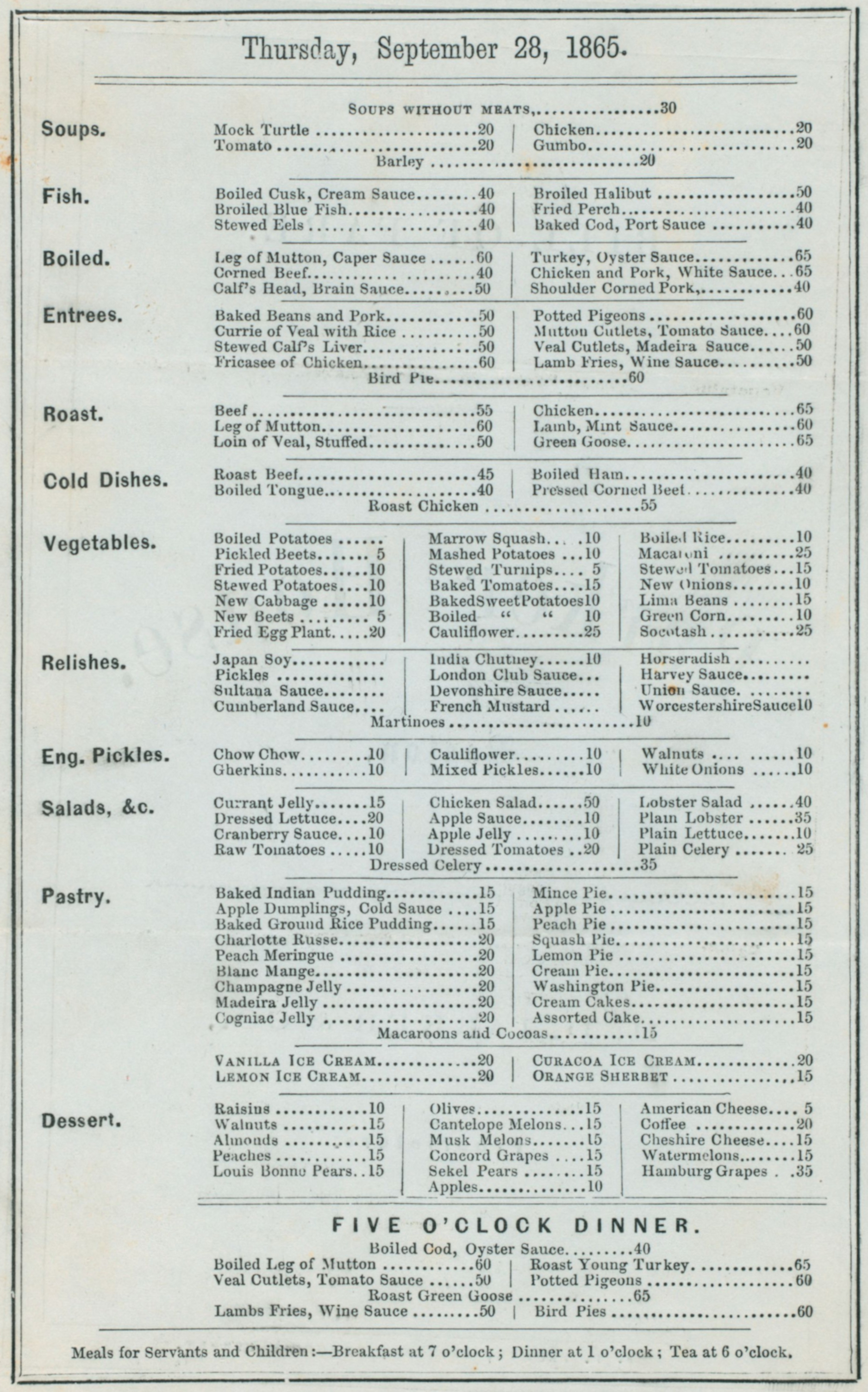
The Parker House is also famous for creating the Parker House Roll and Boston Cream Pie, culinary innovations that coincided with the Victorian era's growing interest in gastronomy—both of which are on the menu for our reception.
The Ghost of Charles Dickens
Perhaps the most intriguing aspect of the Parker House's connection to Dickens is the persistent rumor that his spirit still lingers within its walls. Hotel staff and guests have reported unusual occurrences on the third floor where Dickens once lodged—flickering lights, mysterious footsteps, and the occasional sound of a quill scratching on parchment late at night.
Some night porters claim to have glimpsed a figure in Victorian attire practicing his readings in front of the mirror, as Dickens was known to do. The apparition reportedly disappears when approached, leaving behind only the faint scent of candle wax and ink.
Presidential Connections: John F. Kennedy
While Dickens may be the hotel's most literary resident, the Parker House also boasts significant connections to American political history. It was here that John F. Kennedy, Boston's beloved son, chose to propose to Jacqueline Bouvier in 1953, marking the beginning of what would become known as America's Camelot.
Moreover, in 1946, a young JFK announced his candidacy for Congress at the Parker House, delivering his first major political speech in the hotel's Press Room. The hotel's Press Room later became a favored gathering spot for Kennedy and his inner circle during his political ascent.
There never was, I suppose, a more respectable hotel in the universe. —Charles Dickens, in a letter about the Parker House
Hampshire House
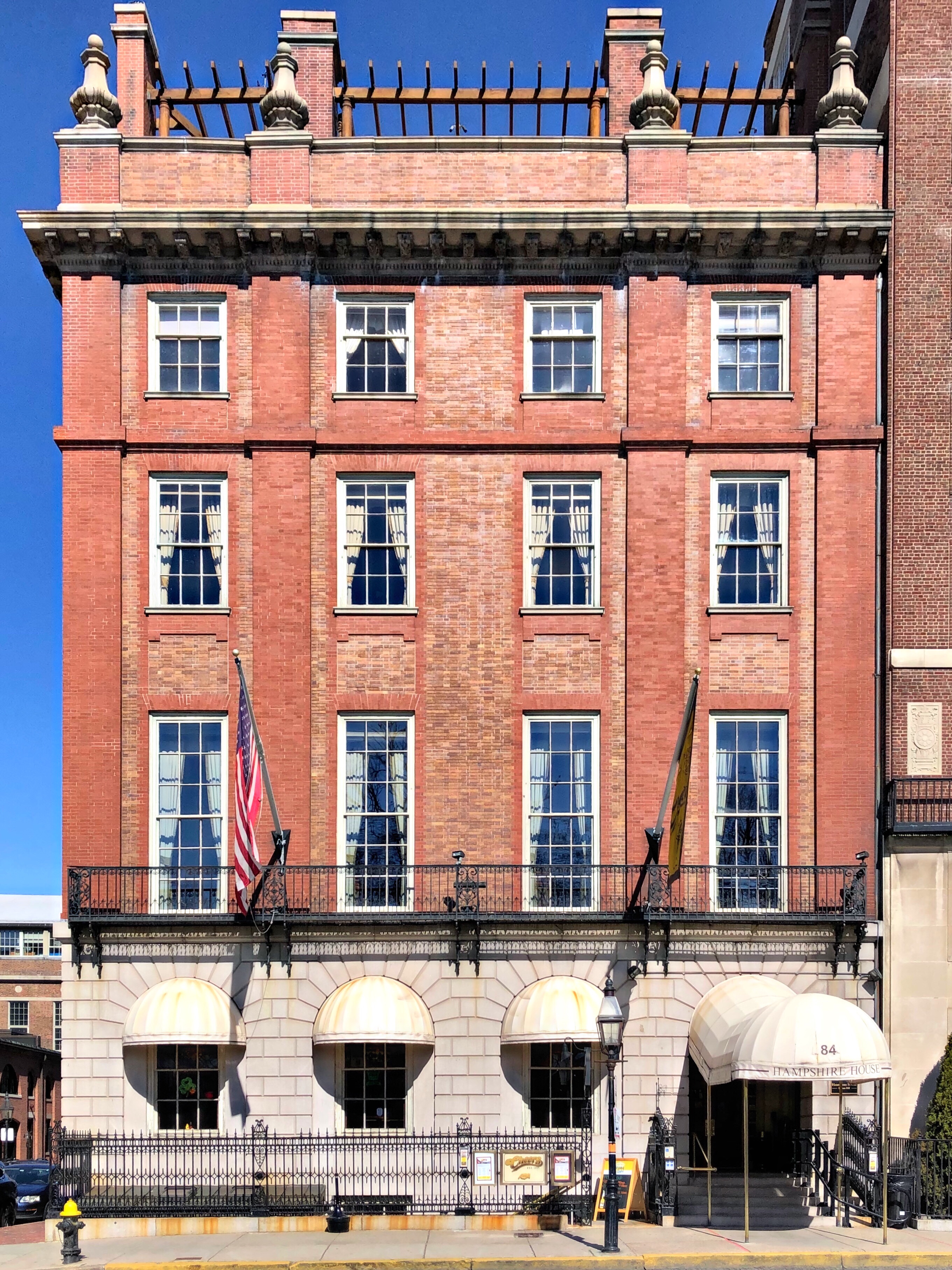
A Historic Beacon Hill Mansion
The Hampshire House is a magnificent five-story Georgian revival townhouse on Beacon Hill, with a rich history dating back to 1910. Commissioned by the wealthy Bayard and Ruth Thayer, this elegant mansion was designed by architect Ogden Codman Jr., known for his work on several Newport mansions, including The Breakers. The house was constructed in 1911 and quickly became a premier social venue for Boston's elite.
Architectural Splendor
The mansion features Italian marble, hand-carved oak paneling, crystal chandeliers, and tall Palladian windows overlooking the Boston Public Garden. These grand architectural elements reflect the luxurious tastes of early 20th-century Boston society, creating an atmosphere of timeless elegance that continues to enchant visitors today.
From Private Mansion to Public Venue
After serving as the Thayer family residence into the 1930s, the mansion was transformed into a small luxury hotel in the late 1940s, when it was first named "Hampshire House." In 1969, Thomas A. Kershaw acquired the property and eventually opened it to the public as a restaurant and exclusive event venue, preserving the historic charm while making it accessible for special occasions.
Home to the Famous Cheers Bar
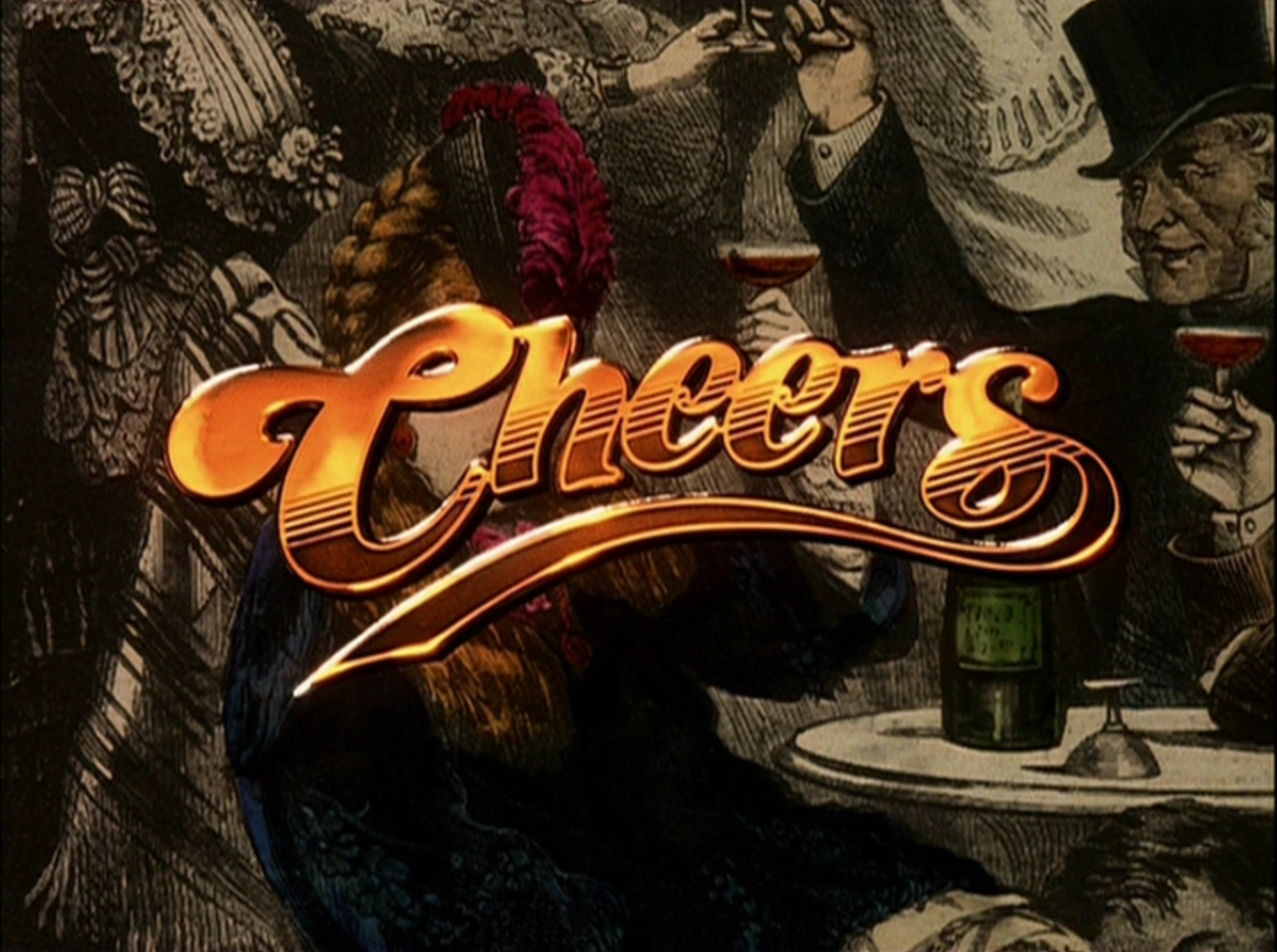
Perhaps the Hampshire House's most famous claim to international recognition is its basement, which houses the original Bull & Finch Pub that inspired the iconic NBC television series "Cheers." In 1981, the show's creators—Glen and Les Charles and James Burrows—discovered the pub while searching for an authentic Boston bar to serve as the exterior for their new sitcom.
The Bull & Finch was awarded the title of "Boston's Best Bar" in 1982 by Boston magazine. Though the interior of the TV show's set differs significantly from the actual pub, the exterior facade became instantly recognizable worldwide when it appeared in the show's opening credits throughout its eleven-season run from 1982 to 1993.
You wanna go where everybody knows your name. —Gary Portnoy, Cheers Theme Song
Fenway Park
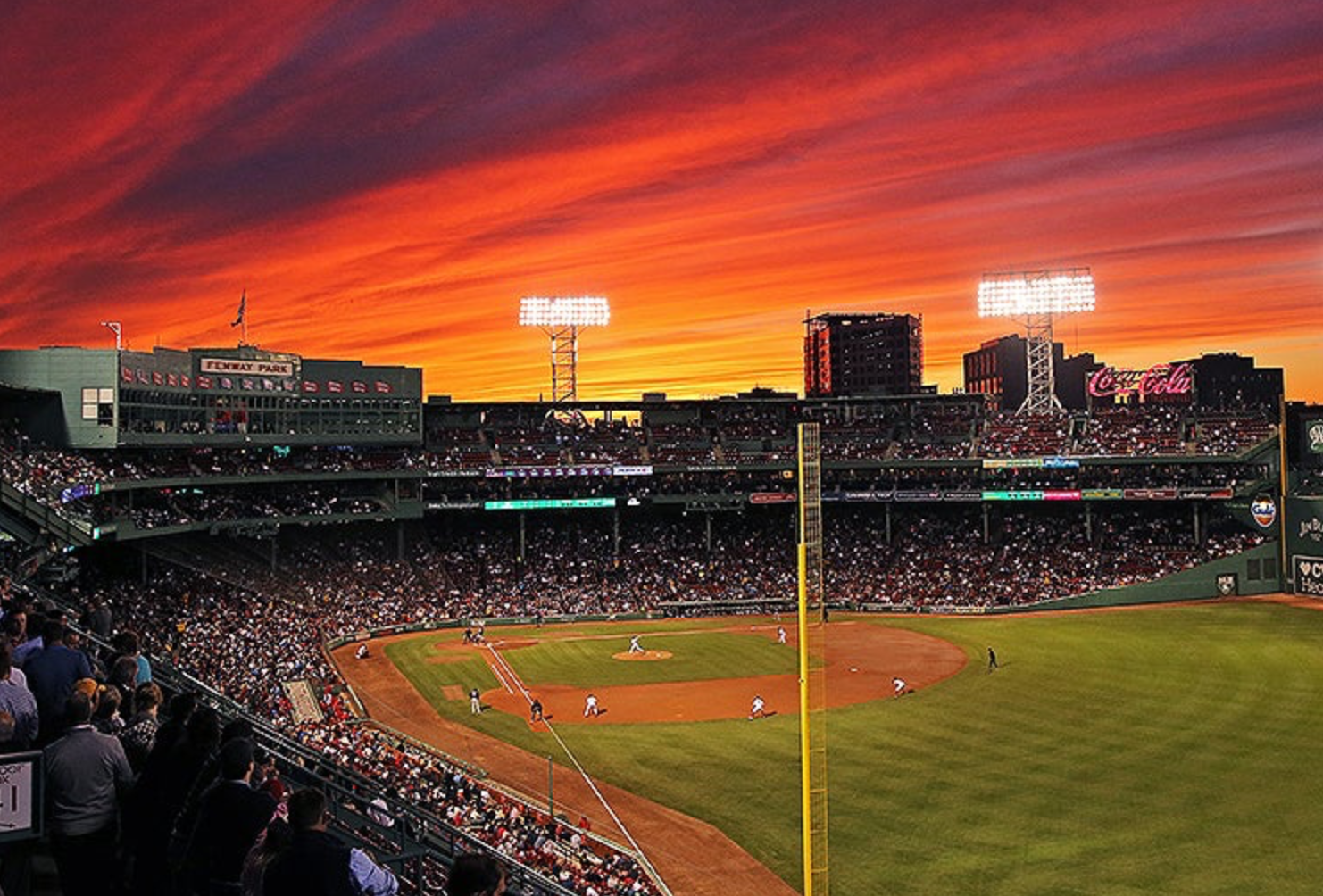
America's Most Beloved Ballpark
Opened on April 20, 1912 (the same week the Titanic sank), Fenway Park stands as MLB's oldest active ballpark and one of the most iconic sporting venues in American history. Over its century-plus existence, this beloved landmark has become both a living museum of baseball history and an enduring symbol of Boston's character and resilience.
The Green Monster and Fenway's Unique Features
Fenway's most famous feature, the 37-foot-high left field wall known as the "Green Monster," was initially constructed from wood in 1912 and covered with concrete and tin in 1934 before receiving its distinctive green paint in 1947. The park's quirky dimensions—including "Pesky's Pole" in right field and the notorious "Triangle" in center—resulted from fitting the ballpark into Boston's irregular street grid, creating one of baseball's most distinctive playing fields.
Historic Moments at Fenway
Fenway Park has witnessed countless historic moments, from Ted Williams' final at-bat home run in 1960 to Carlton Fisk's iconic wave-it-fair home run in Game 6 of the 1975 World Series. The stadium endured the 86-year "Curse of the Bambino" before finally celebrating World Series championships in 2004, 2007, 2013, and 2018. Beyond baseball, Fenway has hosted football games, soccer matches, hockey games, concerts, and even political rallies.
Preservation of a Boston Landmark
While many classic ballparks were demolished in the mid-20th century, Fenway Park survived largely due to passionate preservation efforts. Major renovations since 2002 have modernized the facility while carefully maintaining its historic character. In 2012, Fenway was added to the National Register of Historic Places, cementing its status as an essential piece of American cultural heritage.
Beyond the statistics and championships, Fenway Park represents something deeply personal to Bostonians—a multigenerational gathering place where memories are made and stories are passed down through families. We look forward to adding our own chapter to Fenway's rich history during our wedding weekend.
We didn't just beat the Yankees. We exorcised them. —Theo Epstein, on the 2004 ALCS